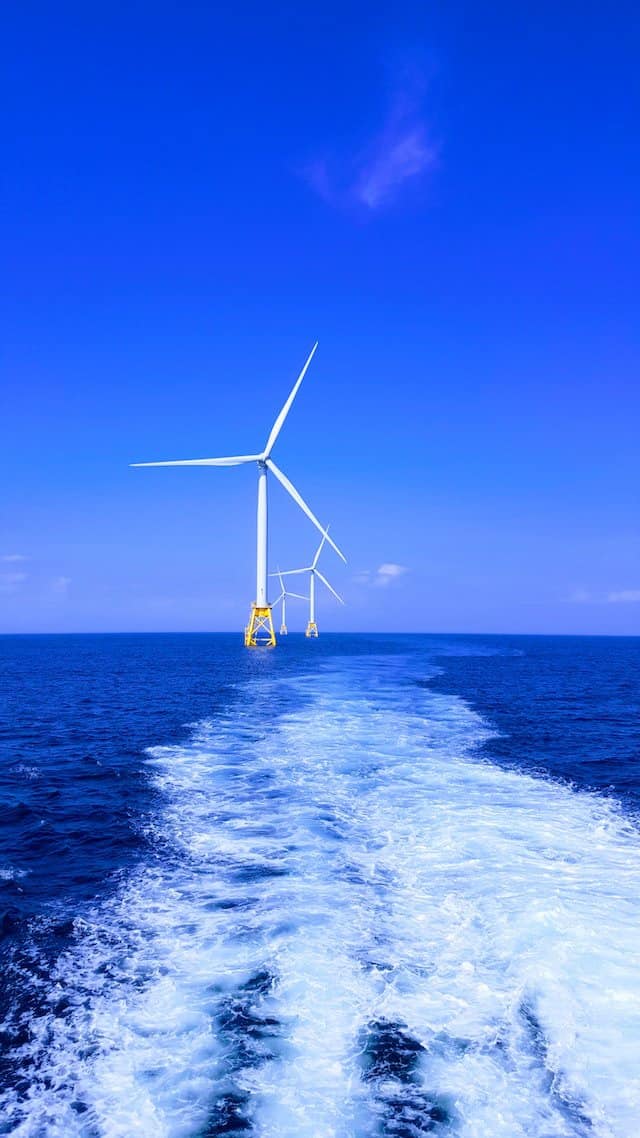Greenhouse gas emissions are a threat to our lives. Despite their danger though, people are still not taking them seriously. They treat them as a nowe kasyna bez depozytu casino game. They think that one day these emissions will be reduced by chance and on their own, without them doing anything about the issue.
Fortunately, scientists have been on the move recently to come up with solutions and ways to lessen the impact of this phenomenon on the environment. Among these solutions scientists are currently studying is making seaports central energy hubs. In this article, we will take a look at why we should consider decarbonizing seaports, and a few measures that are currently being put in place to make that happen. To understand why we should take decarbonizing seaports seriously, let’s first take a look at how maritime greenhouse gas emissions have evolved over the years.
Greenhouse gas emissions stats
In 1999, we used to emit only around 35 billion tonnes of CO2. While that’s a huge number, it is nothing compared to our current yearly gas emissions. The recent statistics suggest that the number has increased to around 50 billion tonnes. That is a dangerous and a staggering increase of more than 40 % in less than 40 years.
Even though the maritime transportation sector accounts for only 2 to 3 percent of the global greenhouse gas emissions, if we could decrease it even further, it would be a significant positive step towards lessening the global greenhouse gas emissions.

What measures are being taken to make seaports central energy hubs?
Sustainable seaports are the answer to reduce or even get rid of maritime greenhouse gas emissions and provide the world with extra clean fuel. There are two measures that are now being put in place to make ports environmentally-friendly and central energy hubs.
- The electrification of seaports
Ships and the port’s systems that run on harmful fuels should be switched to wind and solar produced electricity. In several ports around the world, electrification is already being implemented. Solar panels and wind turbines are being installed. This will provide enough electricity to fuel the port’s systems and short distance ships that travel from and to the port. The port, depending on its capacity to produce electricity, will also work as an electricity-producing hub and provide clean energy that could be used in other industries to replace fossil fuel.
- Using seaports as hydrogen hubs
While electricity is a great alternative to traditional fuels, it will only work for short-sea shipping. For long distances, other fuels are needed. In this case, sustainable fuels like hydrogen will work better. Several ports around the world consider themselves hydrogen hubs like the Port of Rotterdam and the Port of Duisburg. These ports not only fuel long distance ships and the port with hydrogen, but also provide Europe with a considerable amount of hydrogen that could be used in the process and the sustainable chemical industry industries.
While these two measures won’t eliminate the maritime’s share of global greenhouse gas emissions completely, if all ports around the world adopt them, we will see the number drop significantly in the next few years.
Understanding the severity of the greenhouse gas emissions, and putting in place the solutions and measures mentioned above to decarbonize maritime transport and seaports’ infrastructures, scientists could hopefully cut down on gas emissions emanating from seaports, which will help decrease the overall global greenhouse gas emissions significantly.



